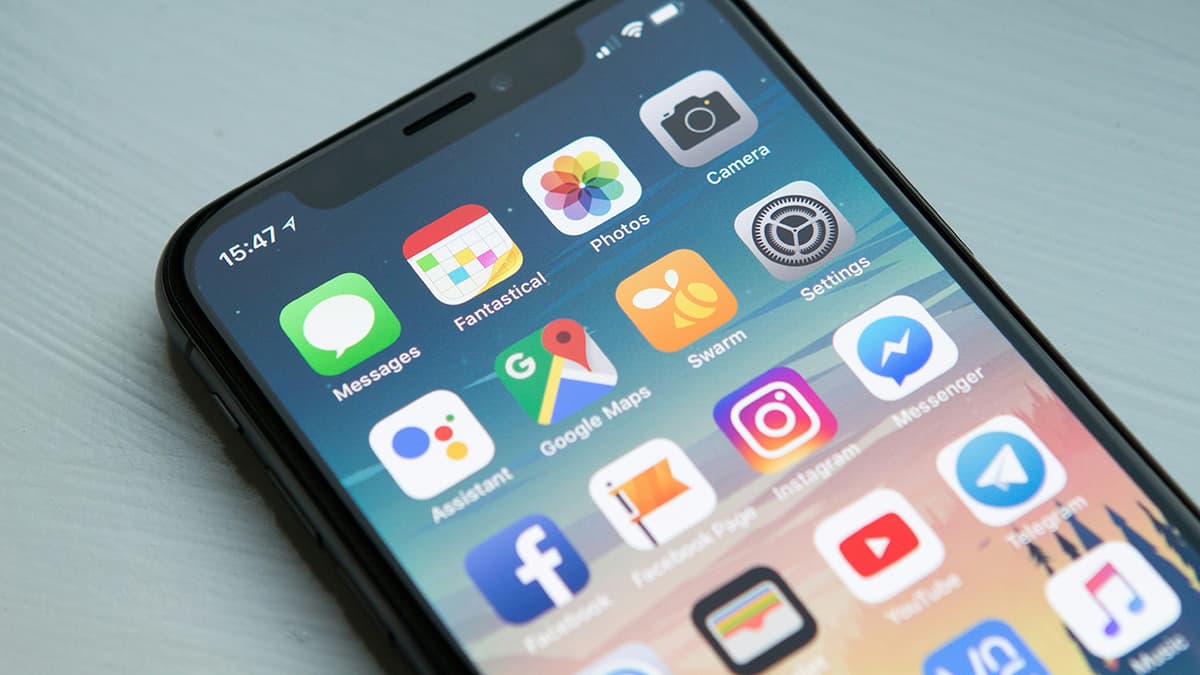50 ml is Equal to How Many Ounces?
Measurement conversions can sometimes be complicated. Converting from milliliters (ml) to ounces often confuses many. If you are curious about how many ounces are in 50 ml, this article provides a clear breakdown.
Understanding the Basics
What are milliliters and ounces? Milliliters are a common unit for measuring liquids like water, milk, and soda. Ounces are primarily used in the United States and frequently appear on food labels and drink containers.
The Conversion Process
To convert from milliliters to ounces, use the conversion factor: 1 ml = 0.033814 oz.
The Math
Now we can calculate how many ounces are in 50 ml using the conversion factor.
$$ \text{50 ml} \times \text{0.033814 oz/ml} = \text{1.6907 oz} $$
Thus, 50 milliliters are approximately 1.6907 ounces. While you might prefer to say it is 1.69 ounces, including more decimal places is better for accuracy.
Practical Examples
Here are two practical scenarios for better understanding:
- If you have a small bottle of perfume that holds 50 ml, it contains approximately 1.6907 ounces.
- For a recipe calling for 50 ml of olive oil, you need about 1.6907 ounces to follow it accurately.
Converting between milliliters and ounces can be challenging, but it becomes easier with practice. Now that you know that 50 ml is approximately equal to 1.6907 ounces, you can make conversions confidently in various situations.












